Successful Conclusion of the 12th Roundtable Meeting of the High-Efficiency HJT 760 W+ Club: HJT Companies Work Together to Drive the PV Industry into the Future
Planing for Future and Gather to Start New Chapter
On May 28th, the 12th round table of the High-Efficiency HJT 760W+ Club took place in Beijing. SPIC New Energy hosted the event as rotating chair. Industry leaders from Huasun, Mingyang, Quanwei, Grand Sunergy Technology, Golden Solar, Leascend Photovoltaic, Shanghai Hency Solar Technology, Tongwei, CNBM Jetion Solar, Zhejiang Winhitech New Energy, and SoleFiori (in alphabetical order) gathered for in-depth dialogue. SPIC Techno-Economic Institute, SPIC Shandong Institute, SPIC Research Institute, and SOLARZOOM also joined. Themed “HJT Companies Work Together to Drive the PV Industry into the Future,” the conference addressed three core topics: supply chain coordination, technological breakthroughs, and global ecosystem building. Attendees explored pathways for commercializing HJT technology and accelerating international expansion, aiming to drive high-quality development across the solar value chain.
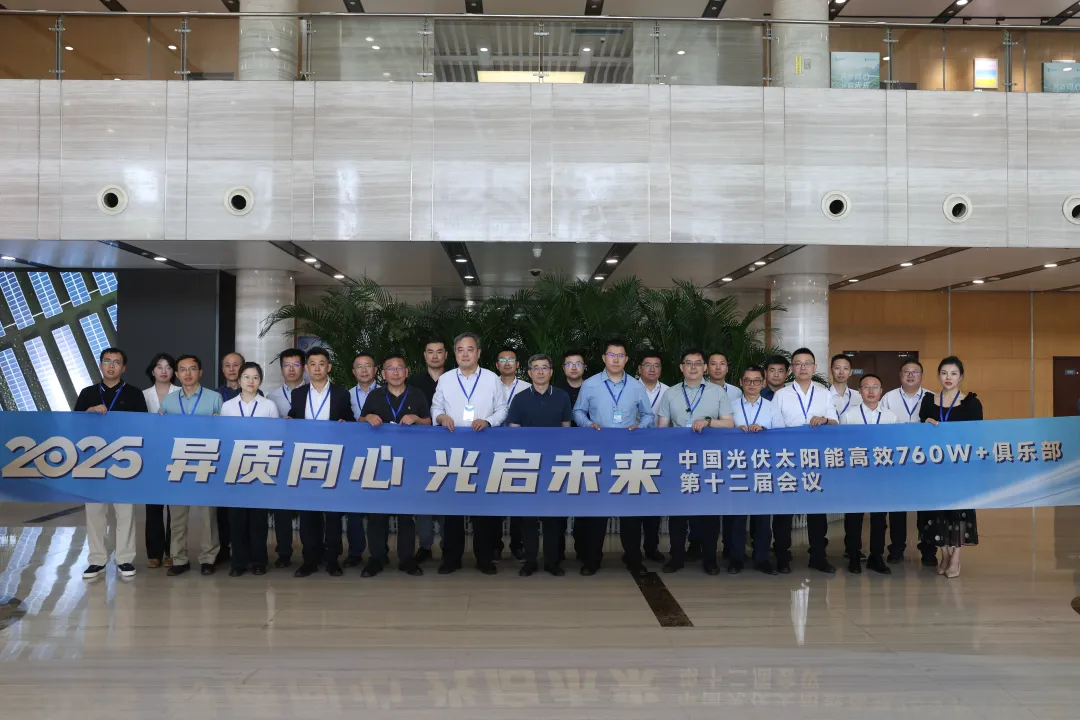
Zong Jun, Vice Chairman of SPIC New Energy, opened the meeting by outlining key challenges, including coping with policy and market uncertainty and promoting HJT technology innovation and industry chain synergy and integration. He said the club would focus on cutting costs and improving efficiency through technical exchanges and targeted discussions. Zong highlighted field performance data from cold-climate regions and power market reforms as top areas for joint research. He urged members to work together through standardized practices and integrated supply chain strategies. He added that the club would soon push forward with technology deployment and market expansion, calling for pragmatic cooperation to promote the common development of the industry.
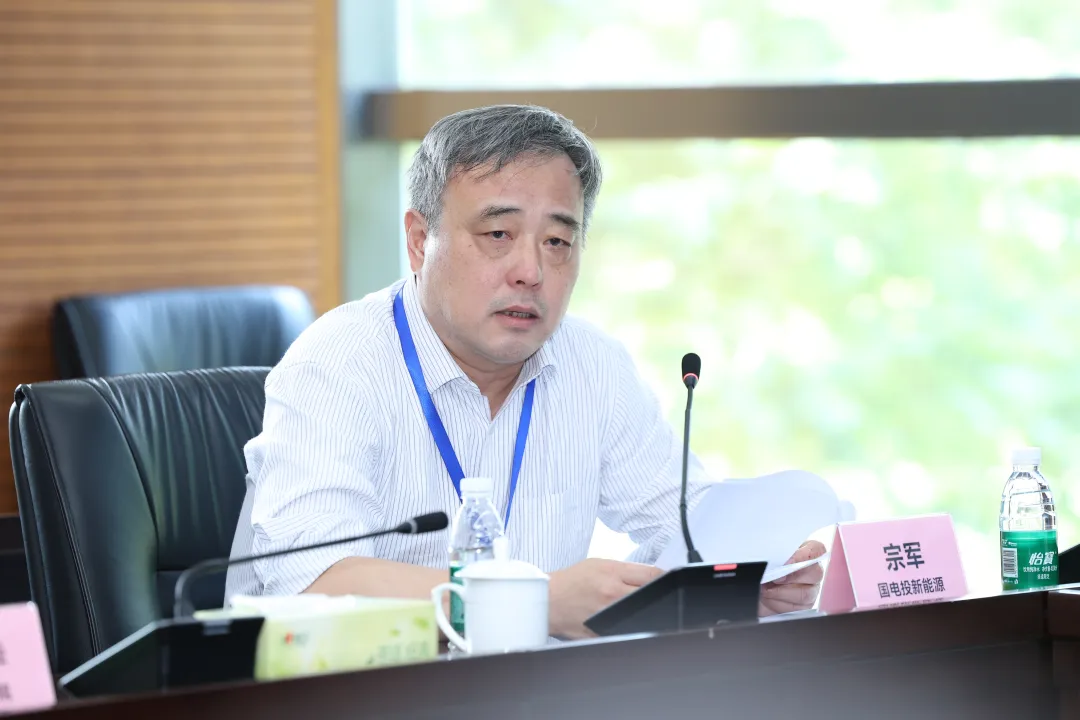
Chen Zhanghua, a senior executive at the SPIC Research Institute, congratulated the round table’s success and reviewed the institute’s R&D work in nuclear, hydrogen fuel cells, and HJT cells. He emphasized HJT’s importance in energy tech innovation and said the technology must overcome industrialization bottlenecks and build a mechanism for tech innovation and industrial collaboration when facing domestic market competition. He encouraged members to strengthen supply chain integration, cut costs, and boost efficiency, calling on the industry to aim for the theme of deepening the synergy of industry chain and tech breakthrough and face the challenges together.
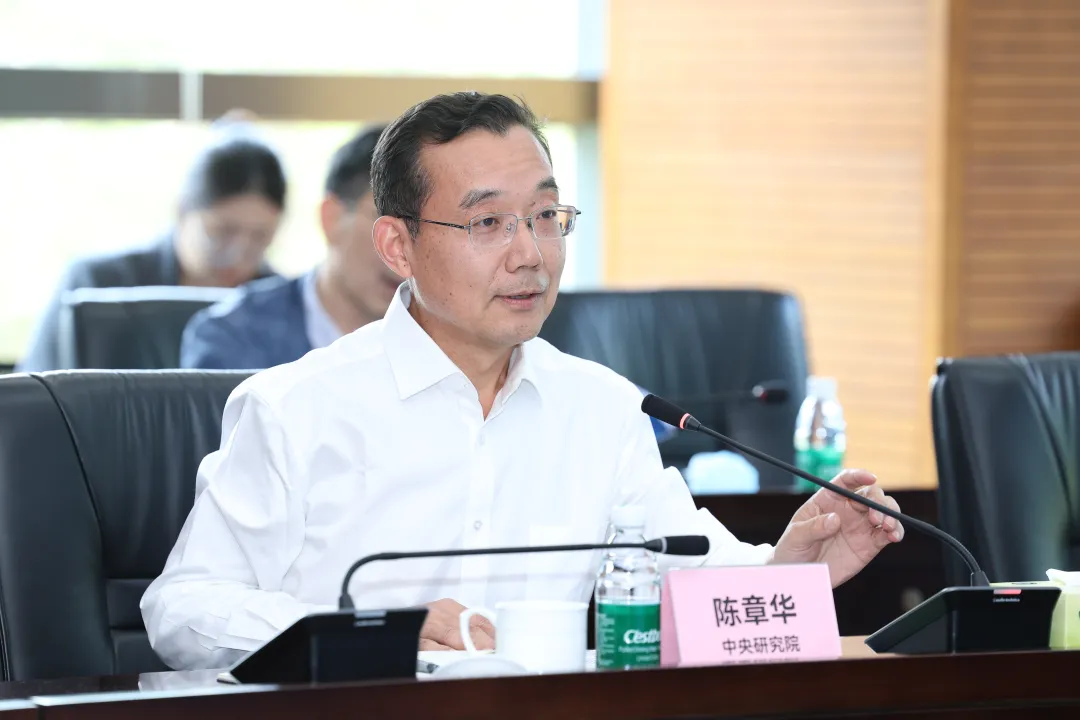
Chen Yongcun, SPIC New Energy Chairman, addressed the event from a capital-industry synergy perspective. He underscored that technology is essential to corporate survival, urging focus on efficiency, quality, and differentiation. Chen supported HJT development but noted that replacing silver electrodes with copper requires further breakthroughs in cost and reliability. He proposed building a shared tech platform to avoid redundant R&D and advocated bulk procurement to cut material costs. Amid policy and market shifts, he advised strengthening core competencies and responding to challenges with tech advantages. While endorsing collective strategies, Chen recommended starting with small-scale pilot partnerships before pursuing full-scale integration.
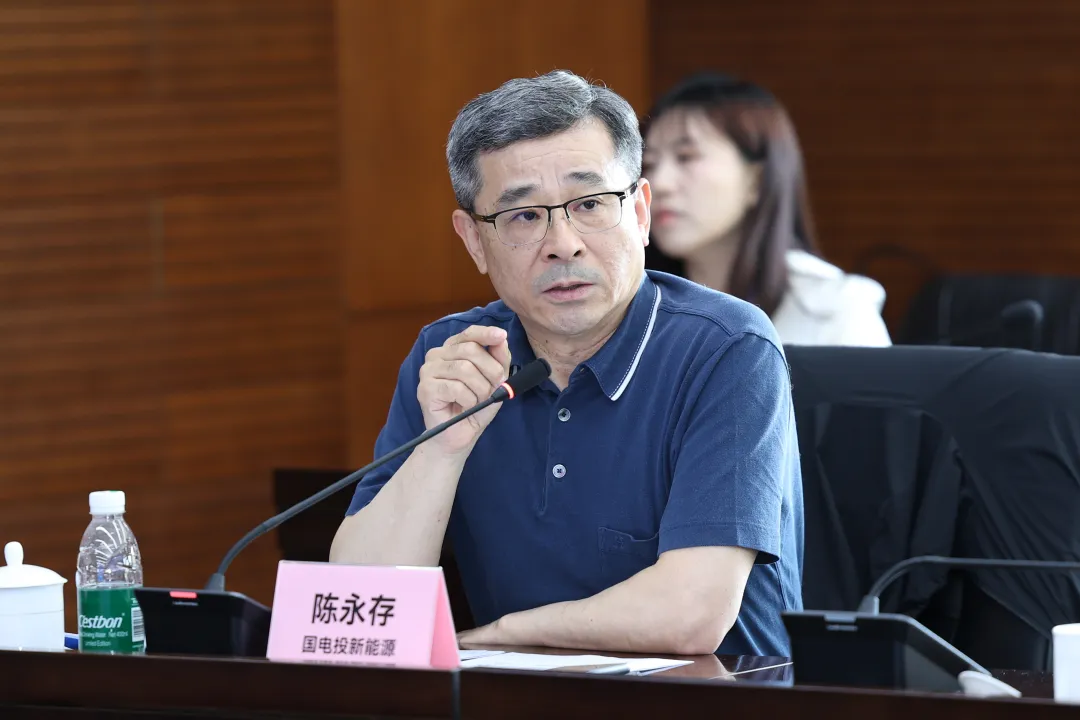
Tian Hongbo, Vice President of SPIC New Energy, presented the progress of HJT cell copper gridline technology. Initiated in 2017, the project involved customized equipment and a 300 MW production line. The cells now achieve over 25% efficiency with better degradation resistance than conventional modules. He noted the need to address surface oxidation and high capital costs. SPIC plans to partner with equipment suppliers to develop large-scale equipment, cut unit costs, and collaborate with club members to drive copper electrode technology from pilot to large-scale application.
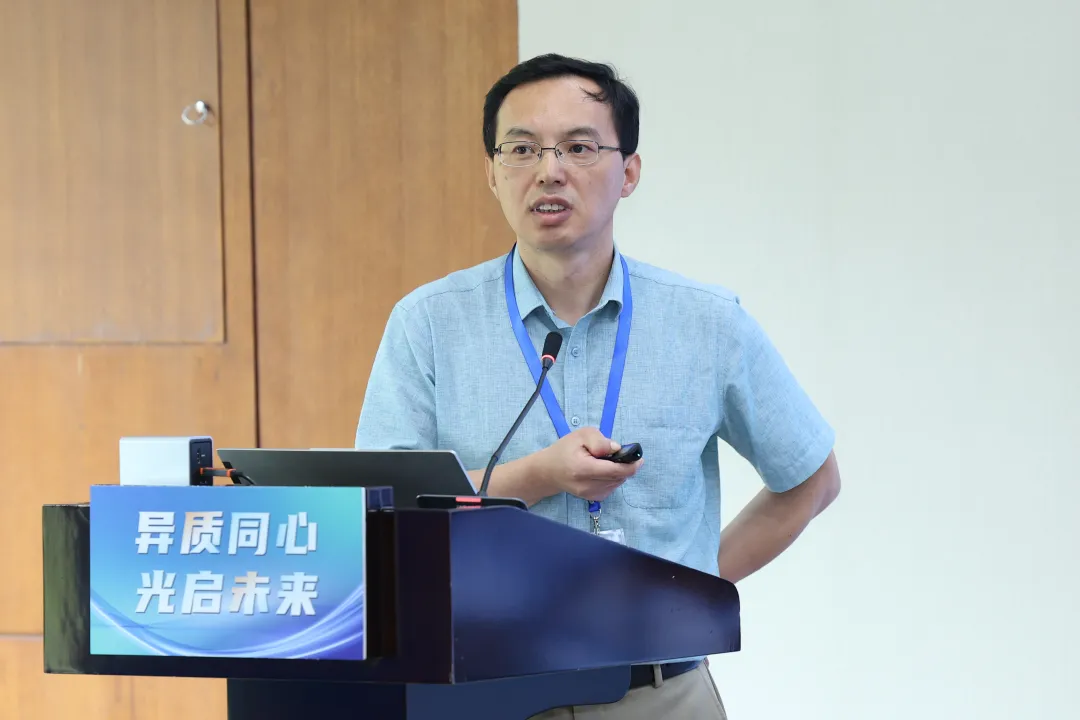
Zhang Chong, a researcher at SPIC Techno-Economic Institute, discussed how new electricity market mechanisms affect the PV sector. He said demand for new energy capacity will remain strong until 2030 despite pricing fluctuations and curtailment risks. Zhang urged PV firms to shift from power supply roles to grid regulation participation. He recommended integrating storage and virtual power plants to improve flexibility value and building mid-to-long-term price forecast models to guide investments. He also emphasized adapting to regional energy strategies, such as Shandong's revised solar-wind ratio and increased wind use in northwest China. Zhang called for deeper collaboration upstream and downstream of the industry chain to enhance application fit and market competitiveness.
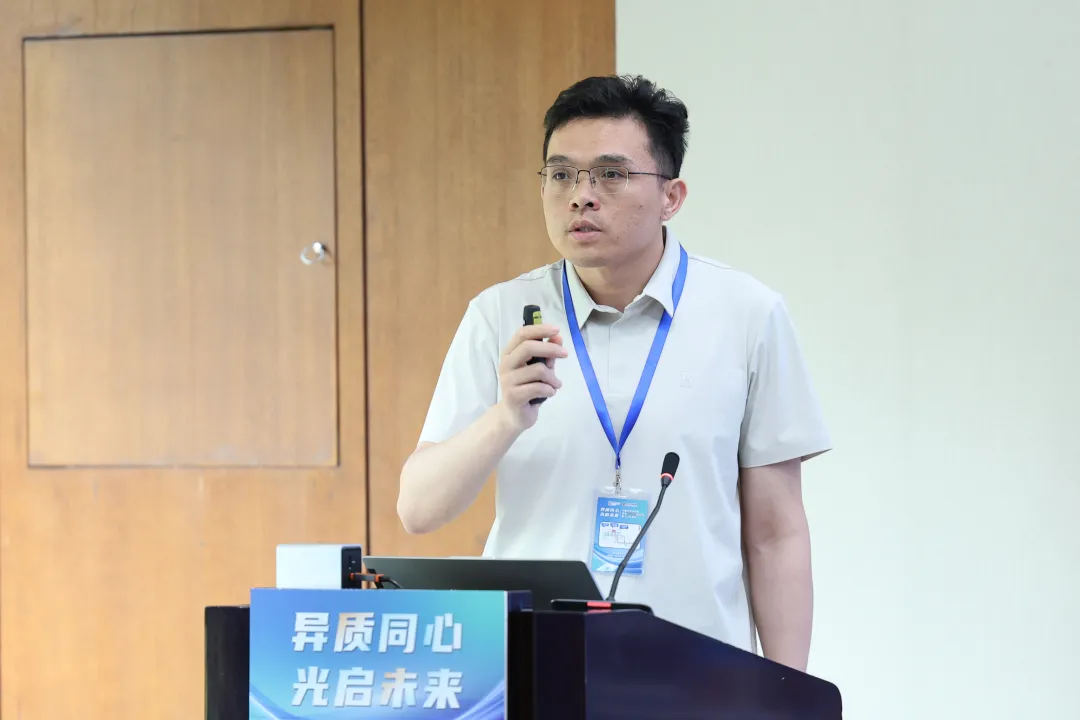
Li Yang, Vice President of SPIC New Energy, shared real-world HJT module performance data from cold, high-latitude regions like Daqing and Gonghe. Based on these results, he suggested expanding testing to hot, humid, and UV-intense climates. He recommended working with materials suppliers to optimize encapsulation and improve reliability in extreme conditions. Li also called on the industry to develop differentiated application standards to avoid biased assessments based on limited climate data and to support broader HJT adoption.
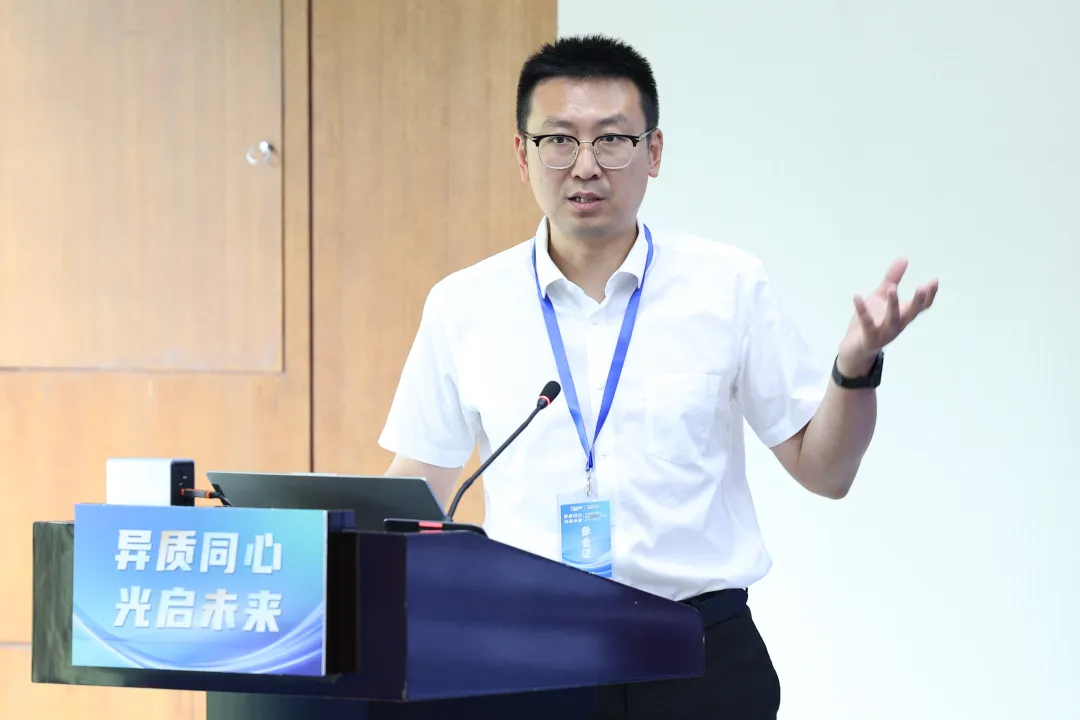
Li Changhong, CEO of SoleFiori, said HJT technology is now at a critical point of industrialization. He stressed the need for open collaboration to address industry-wide challenges. He endorsed “HJT Companies Work Together,” stating that breakthroughs in both technology and ecosystem building are essential. He advocated cost reduction and efficiency gains through innovations like silver-free and copper gridline processes. Li also urged stronger supply chain integration, especially in bulk material procurement and standards-setting. He said SoleFiori will actively support the club’s tech-sharing platform to help drive global expansion.
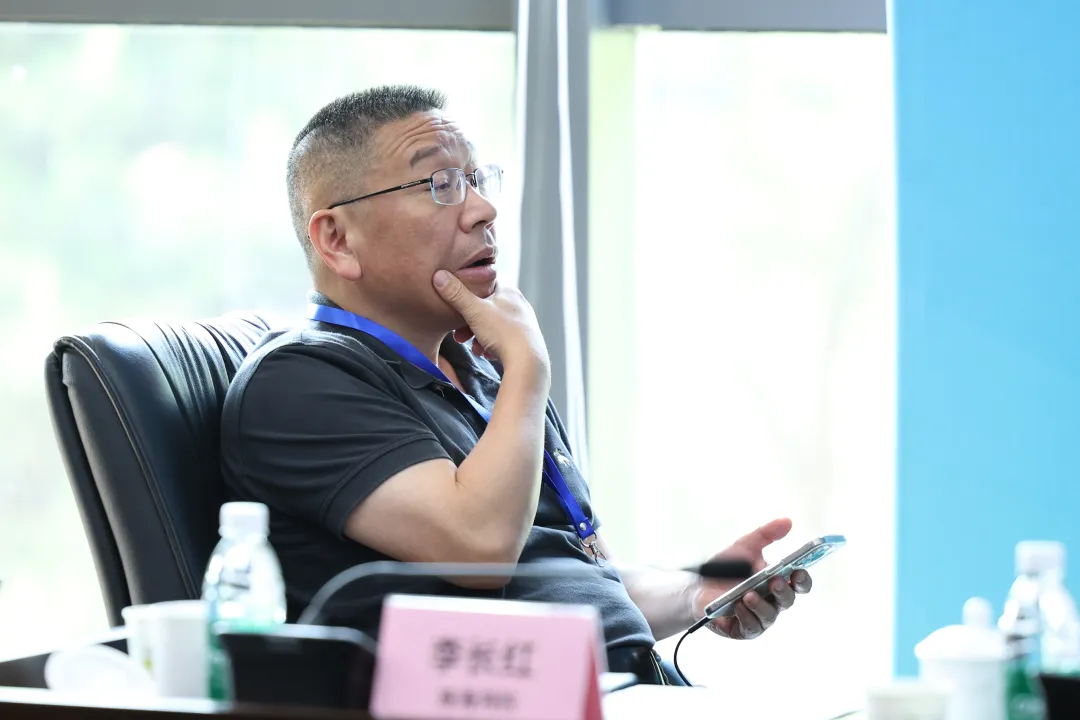
Guo Wanwu, Deputy General Manager of CNBM Jetion Solar, emphasized the performance of HJT modules in low-temperature regions. He said material stability and process reliability—especially interconnection processes—are key to stable module operation in cold climates. He called for monitoring of HJT module long-term degradation under low temperatures to identify and address potential issues early. Guo urged club members to align on testing protocols, BOM material selection, and production control standards. He said standardization will help minimize product performance gaps and improve consistency across the industry. He also encouraged joint efforts to optimize critical materials and build a more mature HJT ecosystem, laying the groundwork for sustainable industry growth.
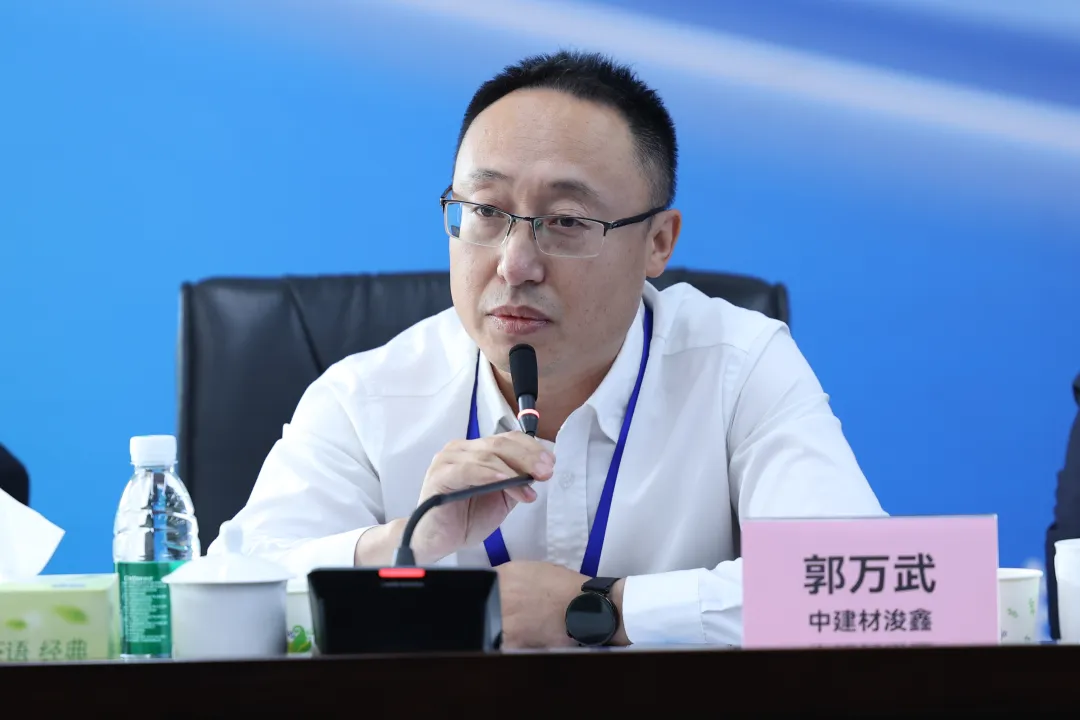
Qiu Wenkai, General Manager of the manufacturing division at Mingyang, addressed technical standard inconsistencies and financial risks in supply chain integration. He proposed a “shared base material pool” and “cross-licensing of technical patents” to resolve differences in encapsulation methods and reduce redundant R&D. Qiu called on the industry to share solutions across multiple dimensions. He also discussed the “HJT + direct power supply in mining zones” model, which uses high electricity prices to increase premium potential while lowering the cost of storage, creating new paths for market adoption of HJT technology.
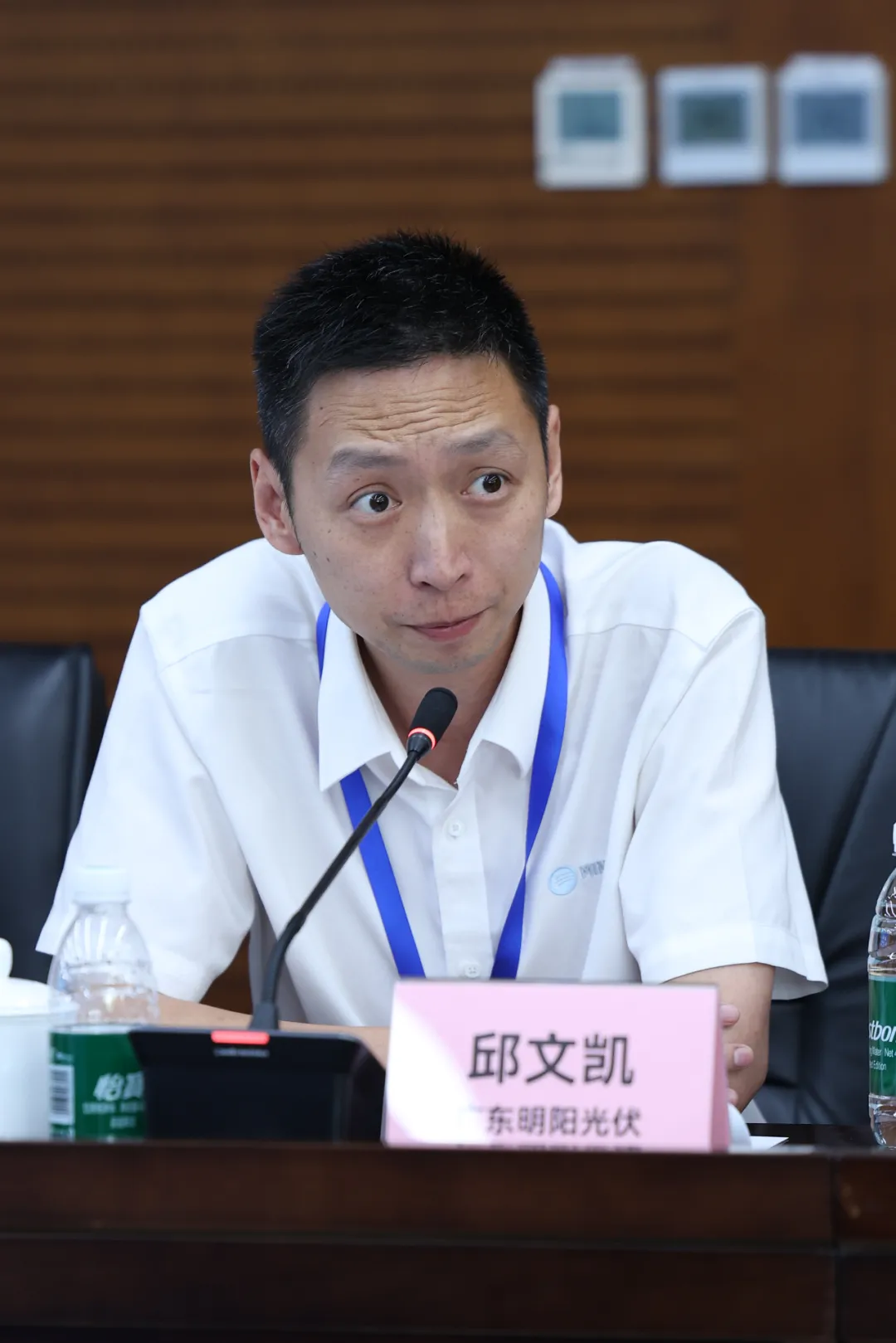
Tang Xuan, Executive Vice President of Leascend Photovoltaic, analyzed the difference between cold-weather efficiency loss and empirical degradation data, using temperature coefficient theory, during a session on cost reduction and efficiency. He noted that performance data from warmer regions aligned with theoretical predictions, highlighting the importance of evaluating degradation impacts. Tang also called on the club to establish standardized module formats to reduce costs for frames, glass, and other supporting materials and enable efficient large-scale production.
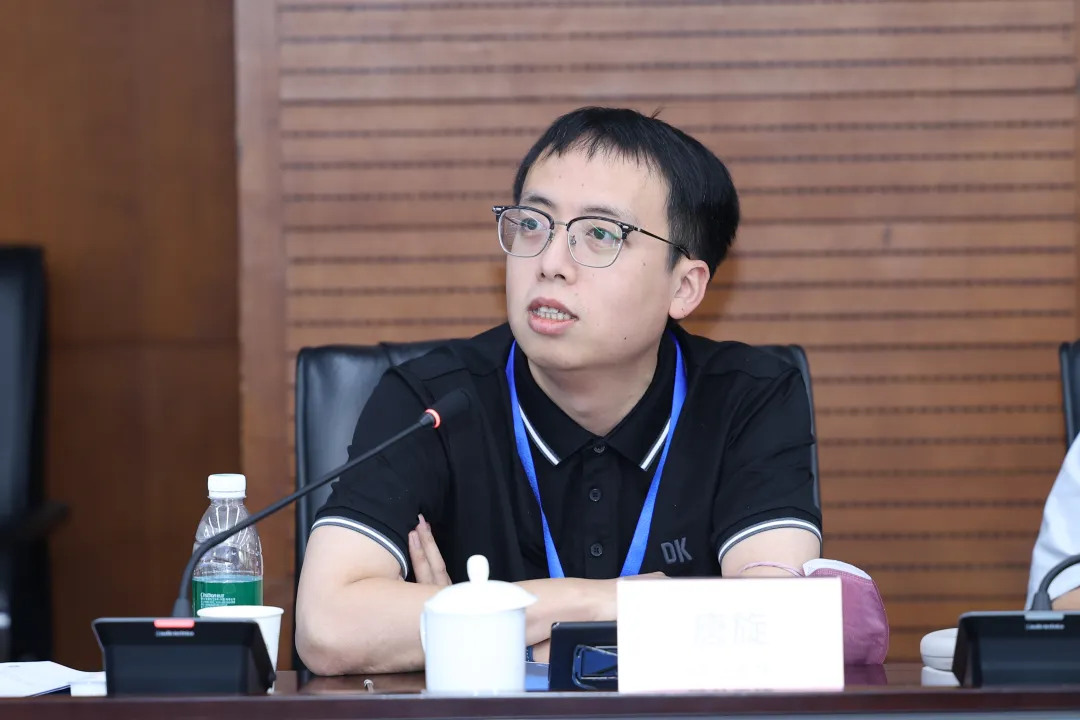
Zhang Wenbin, Deputy General Manager of Grand Sunergy Technology, focused on standardizing the next generation of HJT module sizes. He said the mixed production of the current 210 format has led to high production line modification costs. Zhang proposed unifying cell sizes and spacing to avoid resource waste. He called on equipment manufacturers to jointly develop compatible production lines with the club, supporting rapid switching between formats. This would lower the technology upgrade threshold for small and mid-sized companies and improve efficiency and cost control across the industry.
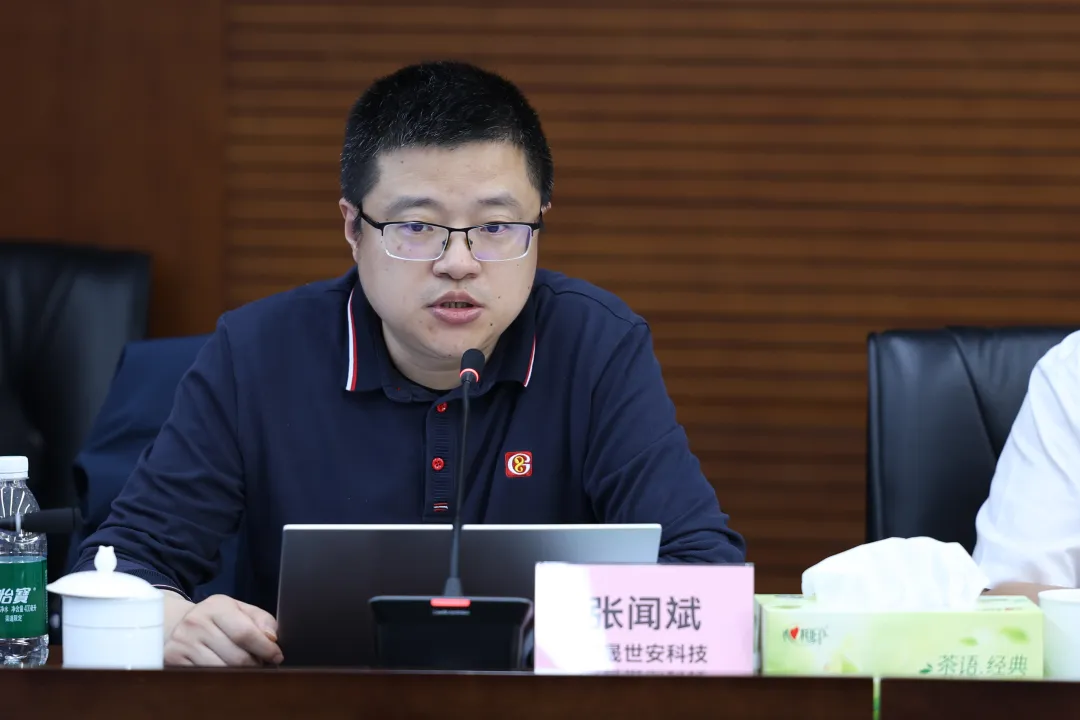
Long Wei, Director of cell development at the PV Technology Center of Tongwei, said the company’s copper electroplating roadmap aligns with that of SPIC New Energy. Tongwei has made progress in seedless layers, simplified patterning, horizontal electroplating, and tin removal, which helped streamline the process and significantly cut costs. Long urged the industry to accelerate customized equipment development to shorten time to market and reduce investment risk.
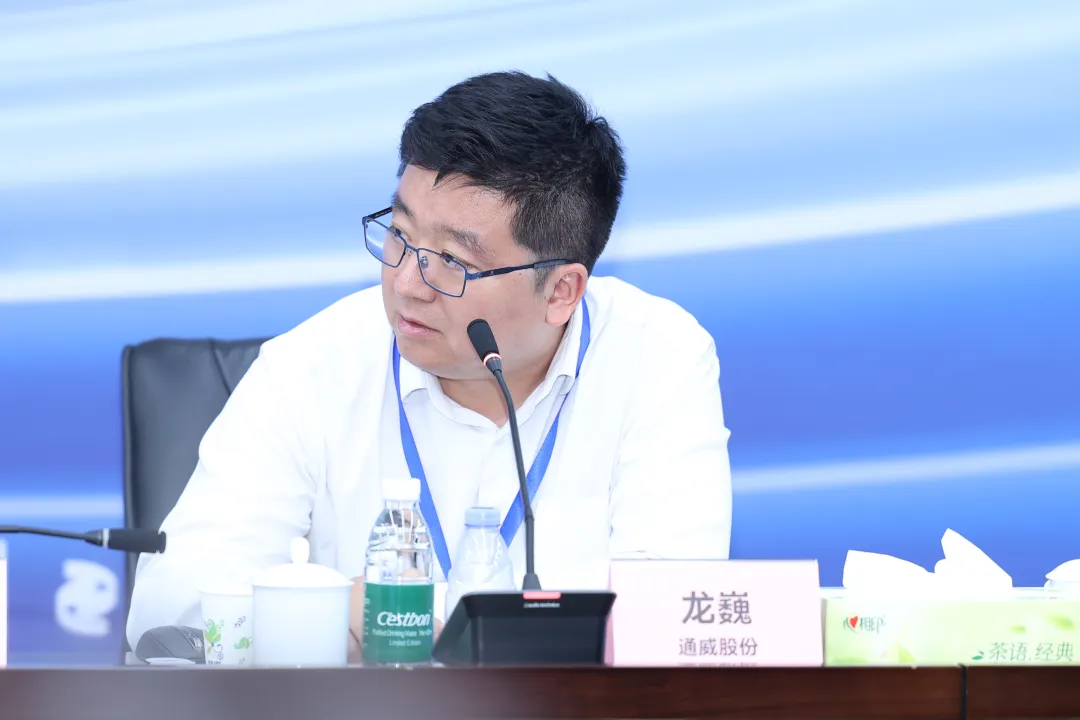
Xing Zhou, Vice President of Huasun, addressed the core challenge of HJT modules’ cost-effectiveness. He said current market premiums are not enough to offset the total cost gap. To solve this, a coordinated bulk procurement strategy could reduce material costs by 10% to 15%. He suggested forming a strategic joint venture to act as a centralized procurement platform and leverage economies of scale to secure better supply terms. Xing also recommended adopting green electricity direct supply models, like those in European high-end markets, to increase end-product value to get a higher premium. He stressed the need to align with regional policies—such as the EU’s low-carbon requirements—to build product differentiation and boost global competitiveness.
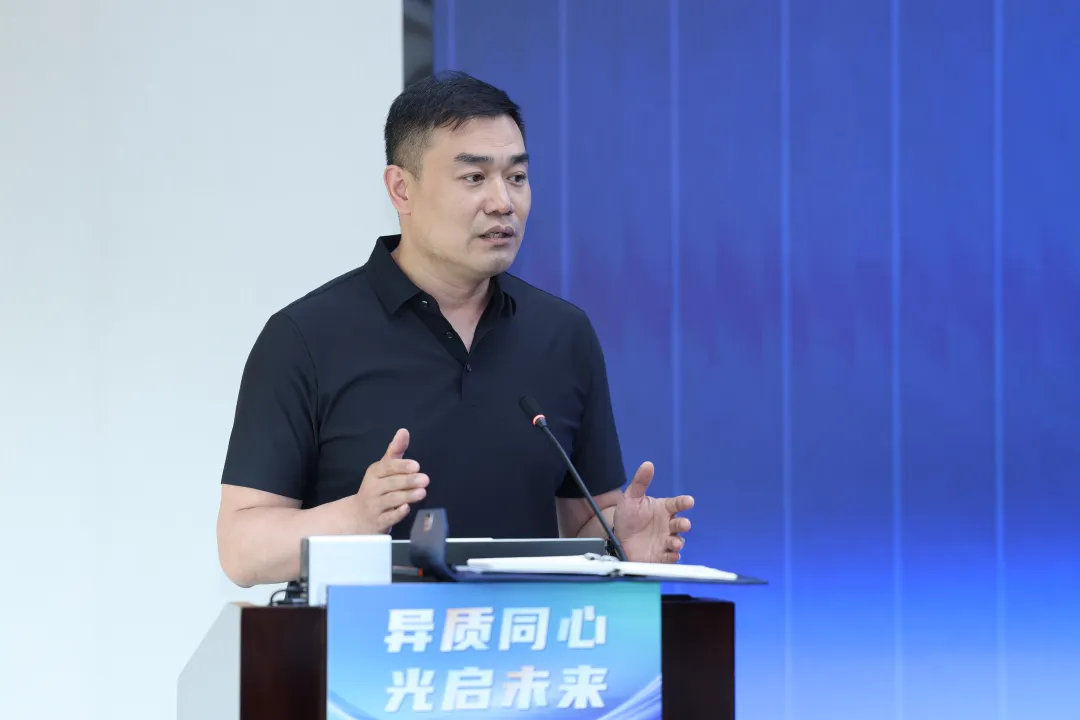
Ma Yiwei, Vice President of Solarzoom, presented the club’s capacity map. He analyzed the fragmented production landscape among member companies and introduced 12 cost-reduction tools, including joint procurement, technical collaboration, and logistics optimization. Ma proposed a voluntary trial procurement in Q4 2024 for categories like wafers and silver paste. He recommended setting up a supplier evaluation system to lower procurement costs by 5% to 8% through scale while also pushing for standardization of technical elements such as patterning. He emphasized that supply chain integration needs to break through internal company barriers, requiring alignment at the ownership level to manage long-term cost pressures.
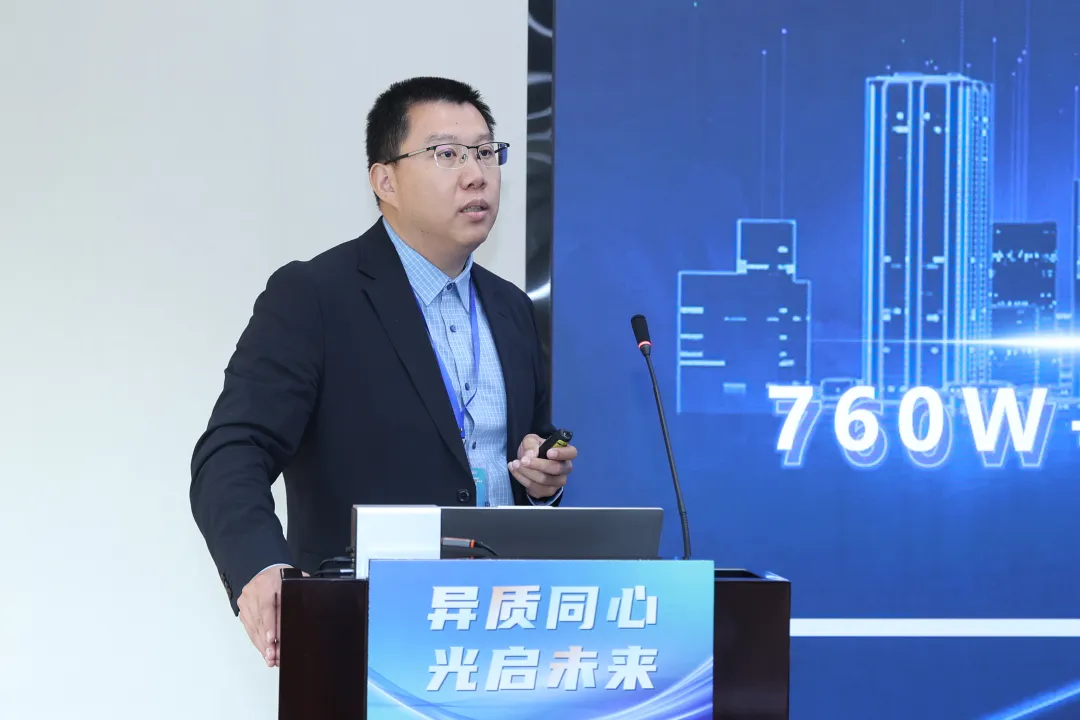
Tang Doudou, Vice President of Leascend Photovoltaic, highlighted the need for pragmatic collaboration to solve common industry challenges. She said survival should be the industry’s top priority. Tang criticized the current trend of excessive customization, which has led to major differences in key areas like patterning design across companies. This trend, she noted, has increased overall costs and hindered the formation of scale efficiencies.
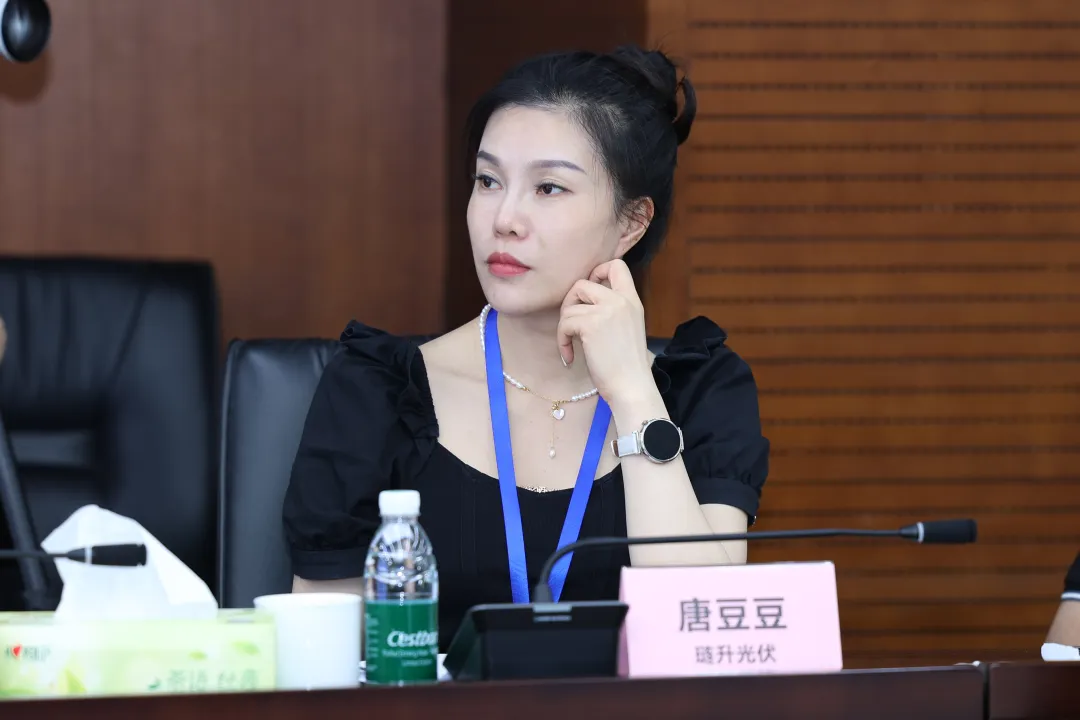
Lighting the Future With Technology
Since its founding, the 760W+ Club has driven progress through dual engines: tech breakthroughs and ecosystem collaboration. On the one hand, it has pushed the limits of PV efficiency, progressing from mass production efficiency above 26% to full integration of 0BB technology across the supply chain and through to the innovation to break the technological ceiling; on the other hand, it has focused on core patent autonomy and promoting standardized frameworks for the HJT sector, laying a foundation for sustainable growth through open innovation. This round table formed the three key strategies through “HJT Companies Work Together.” First, it addressed cost pressure from technology upgrades by opening a new track with silver-free manufacturing. Second, it proposed a coordinated supply chain model to manage production risk amid market volatility. Third, it aimed to overcome international patent barriers by building a fully self-owned intellectual property framework, establishing new benchmarks for tech sovereignty. These initiatives represent a concrete realization of the club’s mission and demonstrate China’s PV sector’s strategic response to the current downturn—breaking the ice with innovation and warming the market with cooperation.
Shining Bright Toward a Greener Future
Guided by China’s dual-carbon goals, the 760W+ Club is converging every tech spark into a bright constellation illuminating the global energy transition. Club members will use this meeting as a new starting point to accelerate innovation, deepen global partnerships, and promote HJT as China’s flagship in the green energy revolution—offering Eastern wisdom to the world’s carbon neutrality journey.








